Tapco HomeDry Dry Rot Treatment Bramley
We are long term members of Trust Mark and a member of the BWA. CHAS accredited contractor. In addition, all of our surveyors are trained to the high standards of the PCA (Property Care Association).



Dry Rot Specialist In Bramley
Concerned about dry rot in Bramley? Tapco Homedry are the local experts in dry rot treatment in the Bramley area. We can help you get to the heart of the issue and put things right. We support homeowners just like you to identify the cause of the dry rot problem and quickly eradicate it to limit the potential damage. Get in touch today to learn how we can help.
Signs of dry rot in your home
It’s helpful as a homeowner to know what to look out for in your home. This will enable you to act quickly as the first sign of an issue. The telltale signs of dry rot in your home could include:
- A fungal growth that is furry and white
- A rusty orange fungal growth
- Rusty orange spores that look like dust
- Dry and brittle wood, such as door frames, floorboards and joists
- Wood that cracks and crumbles into small cubes with little pressure.
What is dry rot?
Also known by its scientific name, Serpula lacrymans, dry rot is more prevalent in older properties but it can also impact new properties. Dry rot is often round in nature where it plays an important role on the forest floor. When trees fall and die, dry rot helps to break down the material, making space for new growth. Unfortunately for homeowners, dry rot can also find its way into your home.
The fungus works by secreting an enzyme that digests the wood. This leaves it darkened, brittle and dry – hence the name. In the early stages of growth, it looks like a furry white mould. When it blooms, it turns a rusty orange colour and the spores spread throughout your home, seeking out further suitable material. Once the fungus has passed, the wood left behind will crumble easily between your fingers, often breaking into small cube shapes.
What are the key differences between wet and dry rot?
These two types of rot can impact wood in the home, but they are caused by two different types of fungus that need very different conditions in order to thrive. If you have one, you are unlikely to have the other, but the effects of either can be damaging. Dry rot requires moisture levels of around 20% in order to thrive while wet rot requires moisture levels around 50%.
The presence of either suggests a damp problem somewhere in your home, as the wood has to be damp before the wet or dry rot can take hold. This is why we often recommend a damp survey at the same time as dry rot treatment as this will help to get to the heart of the issue and help to prevent it from returning.
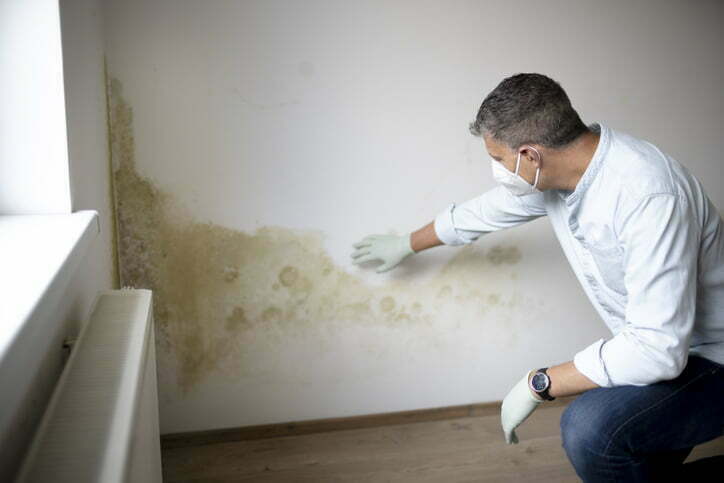
Dry rot experts in Bramley
If you’re worried you might have dry rot in your home in Bramley, trust Tapco Homedry to get to the heart of the issue. We can help you in identifying the source of the problem and then taking steps to put things right. For peace of mind that your dry rot problem is under control, get in touch with Tapco Homedry today.
How is dry rot treated?
First, we would identify the source of the damp problem and take steps to put this right. There is little sense in addressing the dry rot problem without also addressing the damp problem. Next, we use a fungicidal treatment to stop the spread of the fungus and avoid further damage. We can also treat unaffected wood to limit the chances that the dry rot can return. Finally, we can address the damage caused by dry rot by replacing damaged timber. This will restore the structural integrity of your home.


 Damp Proofing
Damp Proofing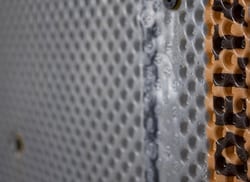 Basement Damp Proofing
Basement Damp Proofing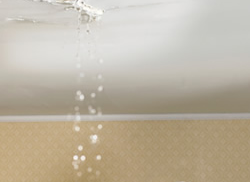 Water Damage
Water Damage Condensation Control
Condensation Control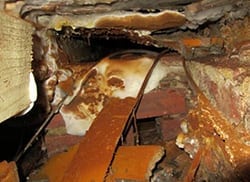 Dry Rot Treatment
Dry Rot Treatment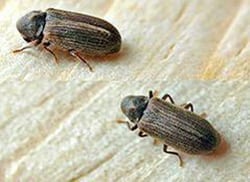 WOODWORM & WET ROT
WOODWORM & WET ROT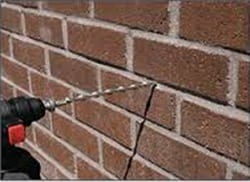 CAVITY Wall Ties
CAVITY Wall Ties Property Maintenance
Property Maintenance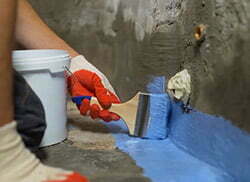 Waterproofing And Tanking
Waterproofing And Tanking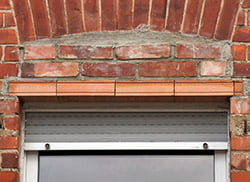 Structural Repairs
Structural Repairs
